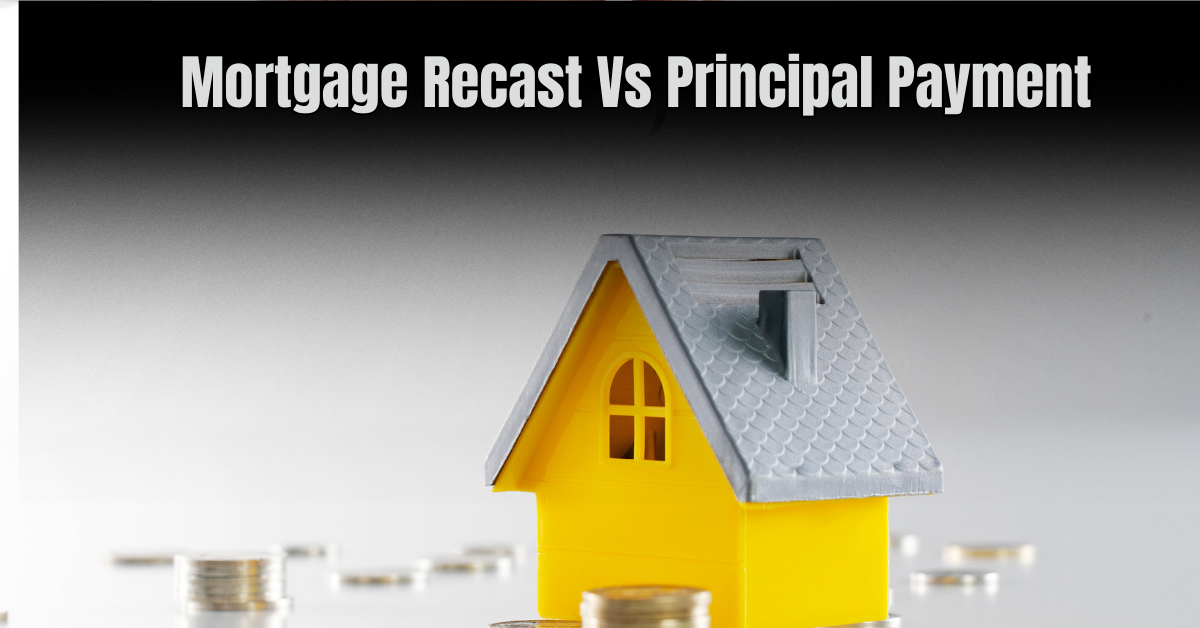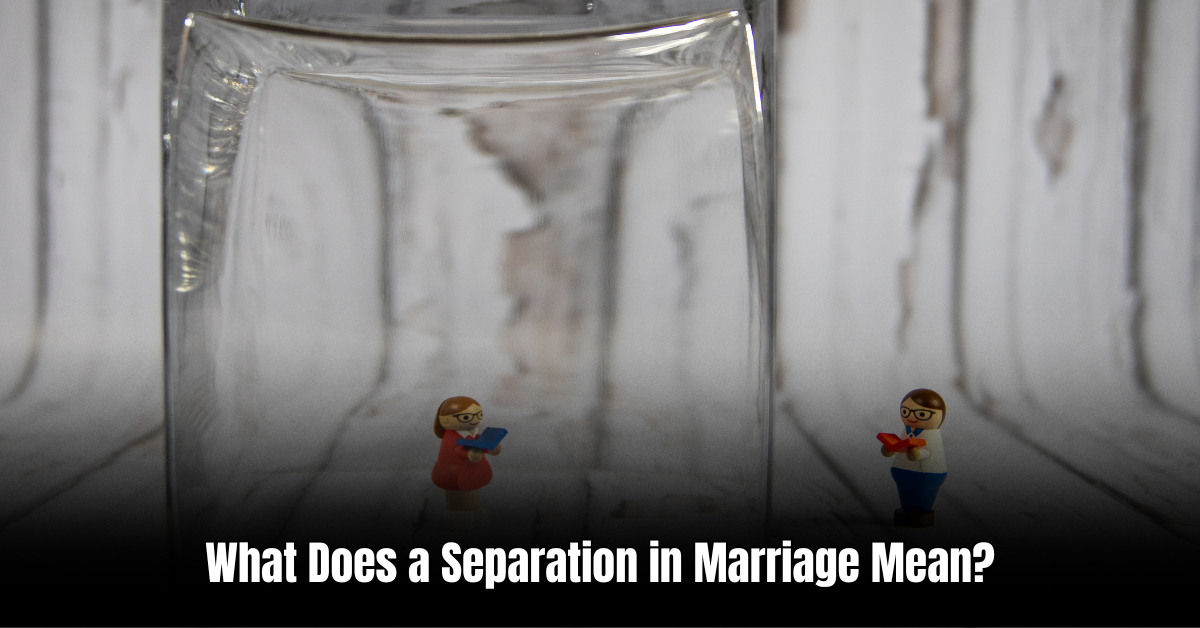If you’re a homeowner, chances are you’ve come across the terms “mortgage recast” and “principal payment” at one point or another. Both options provide potential benefits when it comes to managing your mortgage, but it’s essential to understand the difference between the two to make an informed decision. Let’s take a closer look at each of these options:
Mortgage Recast
Mortgage recasting is a process that allows homeowners to lower their monthly mortgage payments by reducing the outstanding balance without refinancing. It involves making a large lump sum payment towards the principal of the loan and re-amortizing the remaining balance over the remaining loan term. The result is a decreased monthly payment amount while keeping the same interest rate and loan term.
This option is suitable for homeowners who have come into a significant amount of money, perhaps through an inheritance, bonus, or other windfall, and want to reduce their monthly financial obligations while maintaining their current mortgage terms.
Here’s an example to illustrate how mortgage recasting works:
| Current mortgage details | Before recasting | After recasting |
|---|---|---|
| Loan amount | $300,000 | $300,000 |
| Interest rate | 4% | 4% |
| Loan term | 30 years | 30 years |
| Monthly payment | $1,432 | $1,232 |
In this example, the homeowner makes a $50,000 lump sum payment towards the principal of the loan. The remaining balance of $250,000 is re-amortized over the remaining 30 years, resulting in a reduced monthly payment of $1,232.
Principal Payment
A principal payment is a voluntary payment made towards the principal amount of your mortgage loan. It is an extra payment on top of your regular monthly mortgage payment and helps to decrease the outstanding balance of your loan.
Unlike mortgage recasting, a principal payment does not involve re-amortizing the loan or changing any of the original terms. It simply reduces the principal amount owed, which may result in paying off the loan faster and reducing the total interest paid over the life of the mortgage.
Here’s an example to illustrate how a principal payment affects your mortgage:
| Current mortgage details | Before principal payment | After principal payment |
|---|---|---|
| Loan amount | $300,000 | $250,000 |
| Interest rate | 4% | 4% |
| Loan term | 30 years | 30 years |
| Monthly payment | $1,432 | $1,432 |
In this example, the homeowner makes a $50,000 principal payment towards the outstanding balance. As a result, the principal amount is reduced to $250,000, but the monthly payment remains the same. However, since the outstanding balance is lower, the interest paid over the remaining term of the loan will be reduced.
Which Option is Right for You?
Deciding between mortgage recasting and making a principal payment depends on your financial goals and circumstances. Here are a few factors to consider:
- Monthly Cash Flow: Mortgage recasting can help lower your monthly payment, freeing up cash for other expenses. On the other hand, a principal payment doesn’t affect your monthly payment but reduces the overall interest paid.
- Interest Savings: Making a principal payment can help you save on interest payments over the life of the loan. The higher the principal payment, the greater the potential savings.
- Loan Term: If you want to maintain your current loan term, mortgage recasting is a better option. If you aim to pay off your mortgage faster, making a principal payment can help achieve that goal.
- Financial Windfall: If you have a significant amount of money available, mortgage recasting may provide immediate relief on your monthly budget. However, if you prefer to reduce the principal balance and save on interest over time, making a principal payment can be more beneficial.
It’s important to consult with a trusted financial advisor or mortgage professional to understand the specific implications of each option based on your unique circumstances.
Frequently Asked Questions Of Mortgage Recast Vs Principal Payment: Maximizing Your Home Investment
Q: Can Mortgage Recast Lower My Monthly Payments?
A: Yes, mortgage recasting allows you to reduce your monthly mortgage payments by resetting the amortization schedule based on a new, lower loan balance.
Q: How Does A Principal Payment Affect My Mortgage?
A: Making a principal payment reduces the outstanding loan balance, which may result in lower interest charges and a shorter overall mortgage term.
Q: Is Mortgage Recasting A Good Option For Me?
A: Mortgage recasting can be beneficial if you have a lump sum to reduce your loan balance and want to lower your monthly payments without refinancing.
Q: When Should I Consider A Principal Payment On My Mortgage?
A: Consider making a principal payment if you want to save on interest costs and shorten the overall mortgage term.
Conclusion
In summary, mortgage recasting and principal payments are both valuable strategies for managing your mortgage. Mortgage recasting can lower your monthly payments while maintaining the same loan terms, ideal for those seeking immediate financial relief. Principal payments, on the other hand, can help you pay off your mortgage faster and save on interest payments over the life of the loan.
Consider your financial goals and circumstances to determine which option aligns best with your needs. It’s always wise to consult with professionals who can provide personalized guidance tailored to your situation. Ultimately, both mortgage recasting and principal payments can contribute to your journey towards financial stability and homeownership.
Ismail Hossain is the founder of Law Advised. He is an Divorce, Separation, marriage lawyer. Follow him.





Leave a Reply